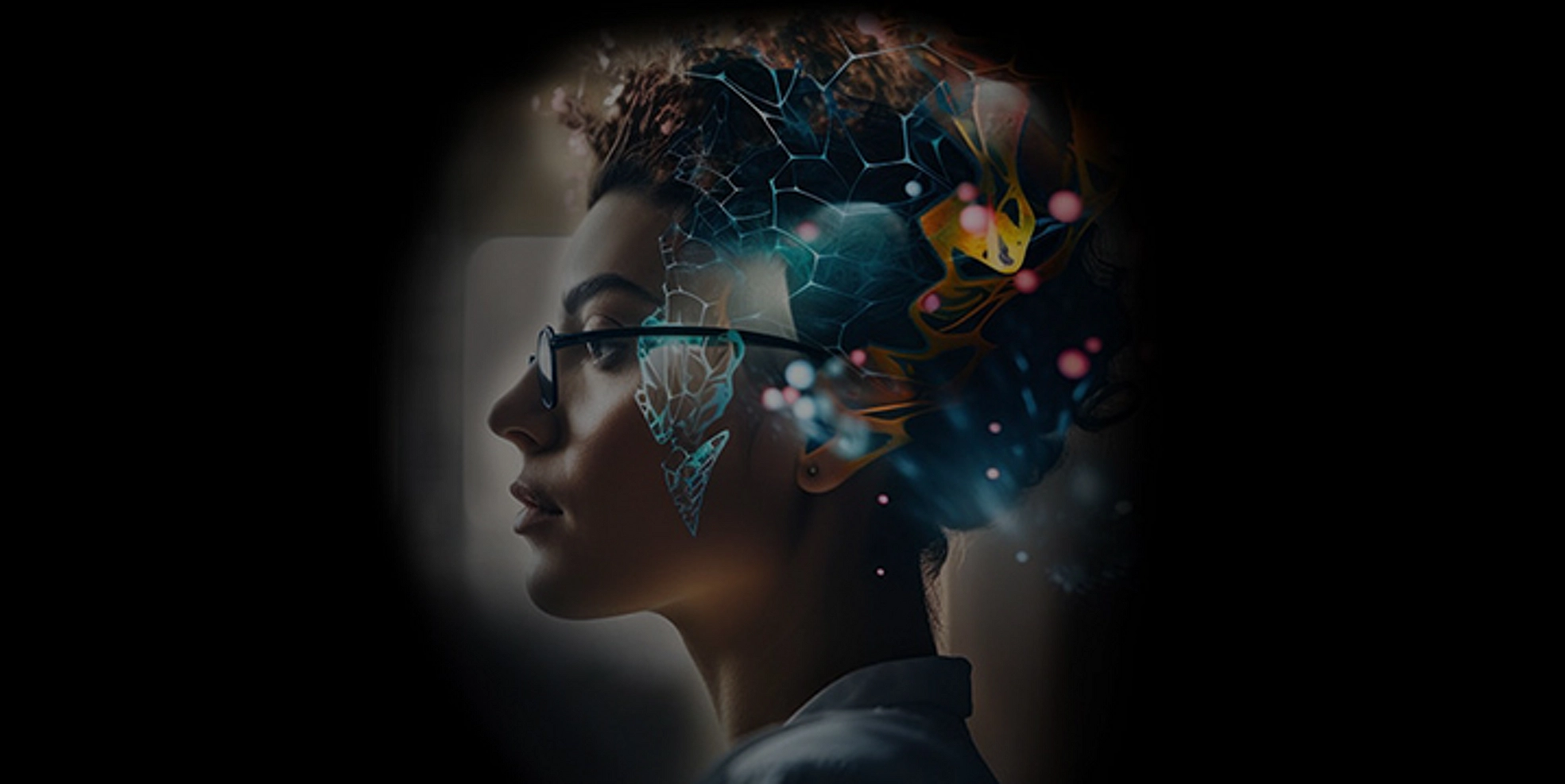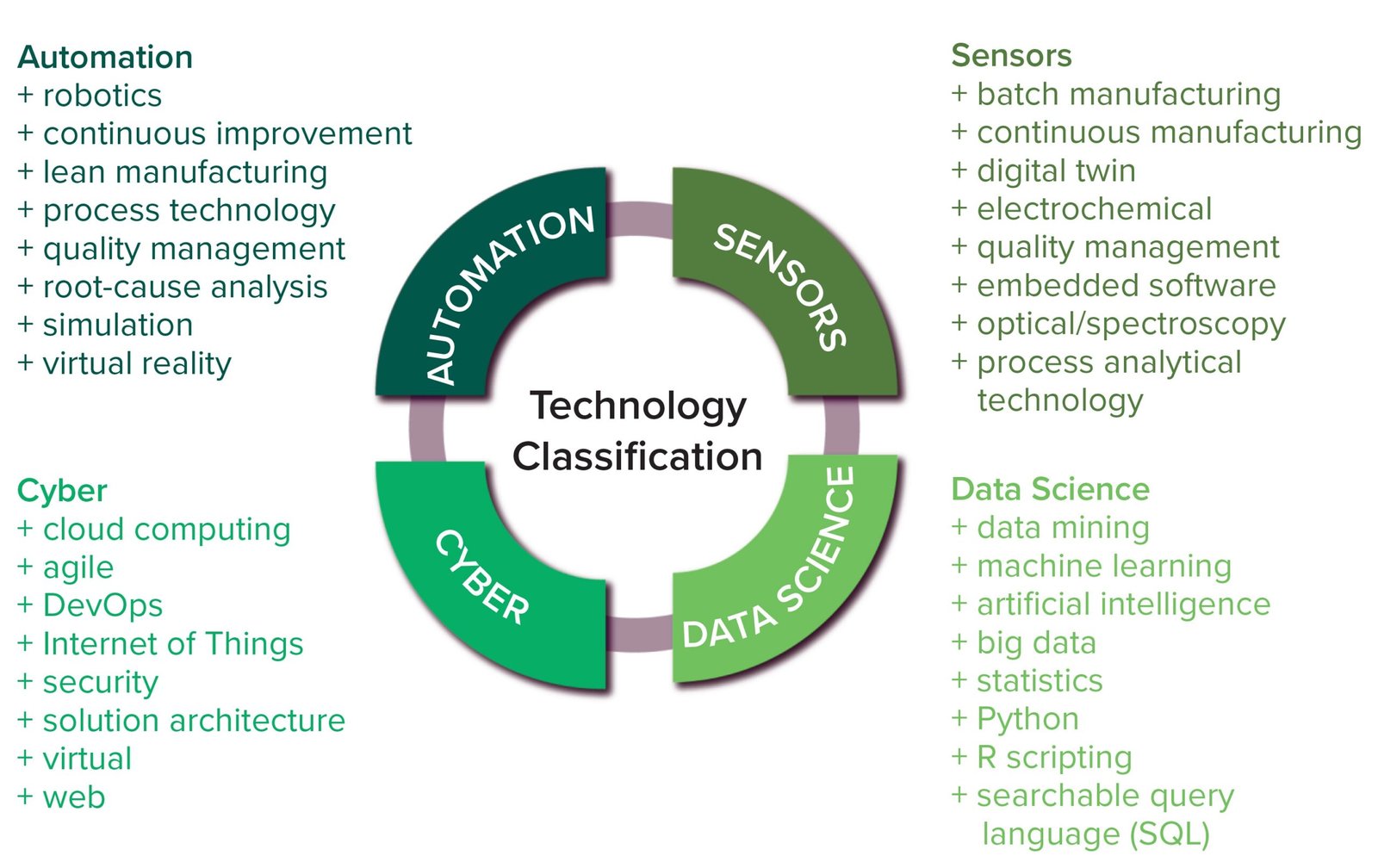Introduction to Generative AI in Production
Generative AI is an innovative technology that employs algorithms to generate new content based on existing data. By analyzing large datasets, generative AI can learn patterns, styles, and structures, enabling it to produce outputs that can range from text and images to music and design. Its relevance in production workflows has surfaced as organizations seek to enhance efficiency, creativity, and flexibility, setting the stage for significant transformations across various industries.
The evolution of generative AI can be traced back to advancements in machine learning and deep learning, particularly through the development of neural networks. Initially, it focused on simple tasks such as image and text generation. However, with the increasing availability of large datasets and more sophisticated algorithms, generative AI has matured into a formidable tool that can simulate human-like creativity and innovation. Today, applications extend across sectors, such as entertainment, manufacturing, and marketing, among others, illustrating its versatility and importance in modern production environments.
The impact of generative AI on production workflows is profound. It streamlines processes by automating routine tasks, thereby allowing human teams to focus on higher-value activities. This technology fosters an environment of enhanced creativity, as designers and creators can leverage generative models to explore a multitude of design possibilities in a fraction of the time. Moreover, generative AI’s adaptive capabilities promote flexibility, enabling organizations to quickly pivot in response to changing market demands or consumer preferences.
As industries increasingly recognize the potential of generative AI in revolutionizing production workflows, its integration promises not only to bolster operational efficiency but also to unlock innovative avenues for creativity. The next sections will delve deeper into specific applications of generative AI and its transformative influence on production processes.
Key Benefits of Integrating Generative AI into Production Workflows
The integration of generative AI into production workflows has emerged as a transformative force, offering a myriad of benefits that significantly enhance operational efficiency. One of the primary advantages is the improvement in productivity. By automating repetitive and mundane tasks, generative AI enables employees to focus on more strategic and creative aspects of their work. For instance, in manufacturing, AI-driven systems can analyze production schedules and optimize processes, which allows human workers to redirect their efforts toward innovation and complex problem-solving.
Moreover, generative AI fosters enhanced creativity by generating innovative ideas and designs that can lead to the development of new products or services. In industries such as media, AI tools can assist in generating unique content, suggesting themes, and even creating graphics that align with the latest market trends. This capability not only sparks creativity among teams but also promotes a collaborative environment where human expertise and AI computing power work hand-in-hand.
Cost savings are another significant benefit associated with generative AI integration. By optimizing resources and reducing waste, organizations can minimize operational expenditures. For example, in software development, generative AI can assist in code generation and testing, thus lowering the time and resource investment traditionally required. This leads to faster development cycles, ultimately reducing the overall costs associated with bringing a product to market.
Furthermore, generative AI contributes to reductions in time-to-market, a critical aspect in today’s fast-paced business environment. By streamlining the workflow processes and automating various stages of production, companies can expedite their project timelines. Real-world examples, such as automotive manufacturers utilizing AI for rapid design iterations, illustrate how these benefits materialize in practical scenarios, highlighting the profound impact that generative AI can have on production workflows.
Challenges and Considerations in Implementing Generative AI
The integration of generative AI within production workflows presents several challenges that organizations must address to harness its full potential. One significant hurdle is the cultural adaptation required within teams. Organizations often face resistance to change from employees who may feel threatened by new technologies. This reluctance can stem from fears of job displacement or the belief that human skills may become obsolete. Management must work diligently to foster a culture that embraces innovation, ensuring that staff understand how generative AI can enhance rather than replace their roles.
Moreover, the successful implementation of generative AI necessitates comprehensive training and upskilling of staff. As the nature of production tasks evolves with AI adoption, employees need to develop competencies to work alongside these tools effectively. Organizations should prioritize ongoing education and provide support systems that help employees adapt to new workflows and technologies. This investment in human capital is key to overcoming initial resistance and ensuring a smooth transition.
Ethical considerations also play a crucial role in the deployment of generative AI. Issues surrounding data privacy and the potential for bias in AI outputs must be addressed proactively. Organizations should establish clear guidelines for data usage and ensure that training data for AI systems is representative and diverse. This helps mitigate bias in AI-generated outputs, promoting fairness and accountability.
In addition, maintaining human oversight remains essential for quality control when utilizing generative AI. While AI can produce remarkable results, the final decision-making should involve humans who can assess the suitability and accuracy of AI outputs. This human-AI collaboration can lead to optimized workflows while safeguarding standards of quality and reliability.
Future Trends of Generative AI in Production Workflows
As generative AI continues to evolve, its integration into production workflows is set to redefine operational efficiencies and creative processes. One of the most significant trends is the increasing fusion of AI with the Internet of Things (IoT) and big data analytics. This collaboration enables real-time data analysis, allowing businesses to generate insights that inform proactive decision-making. By harnessing massive datasets, generative AI can create predictive models that improve supply chain management, optimize production schedules, and enhance resource utilization.
Furthermore, machine learning will play a crucial role in refining generative AI tools. As these tools are exposed to more data sets, they will become increasingly adept at recognizing patterns and generating more relevant outputs. This continuous improvement will facilitate the development of customized solutions tailored to specific industry needs, thus enhancing the productivity of production workflows. The ability to adapt to varying scenarios will be critical in industries such as manufacturing, where efficiency and accuracy are paramount.
Another emerging trend is the potential for collaborative AI-human workflows. Rather than fully automating tasks, generative AI will augment human work, allowing for a synergy that combines human creativity with machine precision. This partnership can lead to innovative solutions that were previously unimaginable, thus expanding the scope of creative possibilities across various sectors, from design to engineering. The focus will shift towards creating environments where humans can leverage AI to unlock their full potential in a supportive manner.
In terms of accessibility, future advancements in generative AI will likely democratize technology across organizations of all sizes. Enhanced user interfaces and simplified integration processes will enable smaller companies to harness the power of generative AI, ensuring that innovation is not confined to larger enterprises. This shift is expected to open new avenues for applications across different sectors, reshaping traditional workflows and driving a new era of productivity and innovation.









